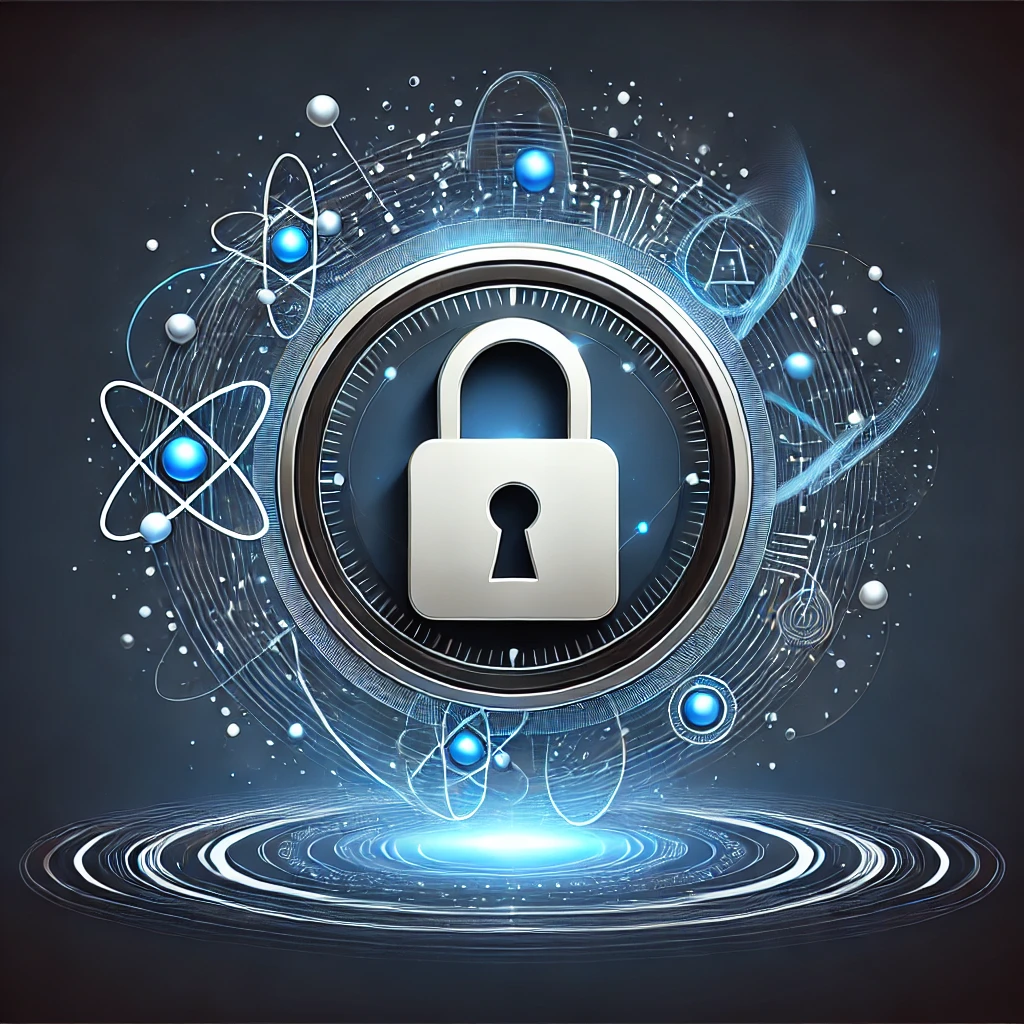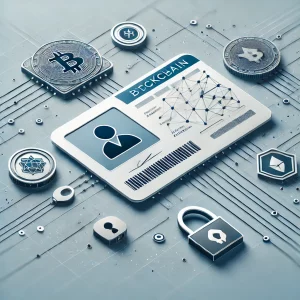How Quantum Cryptography Is Transforming Data Security

In the digital age, the security of sensitive data is more crucial than ever. From financial transactions to personal communications, the need for robust encryption methods is paramount. Traditional cryptographic systems, such as RSA and ECC (Elliptic Curve Cryptography), have been the backbone of data security for decades. However, the advent of quantum computing poses a significant threat to these systems, as quantum computers can potentially break traditional encryption in a fraction of the time.
Enter quantum cryptography—a revolutionary approach to securing data by leveraging the principles of quantum mechanics. This article delves into how quantum cryptography is transforming data security, the science behind it, its applications, and the challenges it faces.
What is Quantum Cryptography?
Quantum cryptography is a branch of cryptography that uses the properties of quantum mechanics—such as superposition, entanglement, and quantum uncertainty—to secure communication. Unlike traditional cryptographic systems, which rely on the computational difficulty of certain mathematical problems, quantum cryptography ensures security based on the fundamental laws of physics.
Key Concepts in Quantum Mechanics Used in Cryptography
- Superposition: Particles, such as photons, can exist in multiple states simultaneously until measured.
- Entanglement: Two particles can become linked, so the state of one particle instantaneously influences the state of the other, regardless of distance.
- Quantum Uncertainty: The act of measuring a quantum system inevitably disturbs it, making eavesdropping detectable.
These principles form the foundation of quantum cryptography, ensuring that any attempt to intercept or tamper with data is immediately noticed.
How Quantum Cryptography Works
The most well-known implementation of quantum cryptography is Quantum Key Distribution (QKD), which facilitates secure communication by allowing two parties to share encryption keys securely. Here’s how it works:
1. Key Distribution Using Photons
- A sender (commonly called Alice) transmits individual photons to a receiver (Bob) over a quantum channel.
- Each photon represents a bit of information (0 or 1) based on its quantum state (e.g., polarization).
2. Randomness and Basis Selection
- Alice sends photons in randomly chosen quantum states (e.g., horizontal, vertical, or diagonal polarization).
- Bob measures these photons using randomly chosen bases. If his basis matches Alice’s, the measurement is accurate. If not, the measurement is discarded.
3. Error Checking
- Alice and Bob compare a subset of their results over a public channel to detect potential eavesdropping (Eve). Any interference by Eve would alter the quantum states, revealing her presence.
4. Secure Key Generation
- Once Alice and Bob verify the integrity of the channel, they generate a shared encryption key from the remaining data.
Advantages of Quantum Cryptography
Quantum cryptography offers several significant advantages over traditional cryptographic methods:
1. Unbreakable Security
Quantum cryptography is theoretically immune to hacking because any attempt to measure or intercept quantum information disturbs it, alerting the legitimate users.
2. Future-Proof Against Quantum Computing
While quantum computers can potentially break traditional encryption methods, quantum cryptography remains secure due to its reliance on the laws of physics rather than computational complexity.
3. Secure Communication Channels
Quantum cryptography ensures the confidentiality of communication channels, making it ideal for applications requiring high levels of security, such as government communications and financial transactions.
4. Detection of Eavesdropping
Unlike classical systems, quantum cryptography can detect eavesdropping in real time, allowing users to terminate compromised connections immediately.
Applications of Quantum Cryptography
Quantum cryptography is already making its mark in various industries. Some of its key applications include:
1. Financial Services
Banks and financial institutions handle sensitive transactions daily. Quantum cryptography can secure interbank communications and protect against fraud or cyberattacks.
2. Government and Defense
Governments and military organizations use quantum cryptography to secure classified communications and protect national security from cyber threats.
3. Telecommunications
Telecom providers are exploring quantum cryptography to secure communication networks, ensuring the confidentiality of customer data.
4. Healthcare
In the healthcare sector, quantum cryptography can protect patient records, secure telemedicine communications, and prevent unauthorized access to sensitive data.
5. Supply Chain Security
Quantum cryptography can enhance the security of supply chains by safeguarding data exchanges between manufacturers, suppliers, and distributors.
Challenges and Limitations
Despite its immense potential, quantum cryptography faces several challenges that must be addressed before widespread adoption:
1. High Implementation Costs
Quantum cryptographic systems require specialized equipment, such as quantum random number generators and photon detectors, which are expensive to produce and maintain.
2. Limited Transmission Distance
Quantum signals are fragile and degrade over long distances, limiting their use in global communications. Quantum repeaters, which amplify these signals, are still under development.
3. Integration with Existing Systems
Integrating quantum cryptography with existing infrastructure, such as classical networks and devices, poses technical and logistical challenges.
4. Scalability Issues
Quantum cryptography systems must overcome scalability challenges to support widespread use, especially in large-scale networks like the internet.
5. Technological Maturity
While quantum cryptography has proven successful in experimental setups, real-world deployment requires further refinement and technological advances.
Current Developments in Quantum Cryptography
Research in quantum cryptography is progressing rapidly, with several breakthroughs bringing the technology closer to practical implementation:
1. Quantum Networks
Countries like China, the United States, and Europe are investing in quantum networks, which combine quantum cryptography with traditional networking technologies for enhanced security.
2. Satellite-Based QKD
Satellite-based QKD systems, such as China’s Micius satellite, demonstrate the potential for long-distance quantum communication by overcoming the limitations of terrestrial systems.
3. Quantum Internet
The development of a quantum internet—a network where quantum signals are transmitted securely—is an ambitious goal that could revolutionize data security.
4. Standardization Efforts
Organizations like the National Institute of Standards and Technology (NIST) and the European Telecommunications Standards Institute (ETSI) are working on standards for quantum cryptography to ensure interoperability and reliability.
The Future of Quantum Cryptography
As quantum computing continues to advance, the importance of quantum cryptography will only grow. Several trends are likely to shape its future:
1. Hybrid Cryptographic Systems
To ensure security during the transition to quantum-safe methods, hybrid systems combining traditional and quantum cryptography may emerge.
2. Affordable Technology
Advances in manufacturing and technology are expected to reduce the costs of quantum cryptographic systems, making them accessible to smaller organizations.
3. Global Collaboration
International collaboration on research and standardization will drive the development of quantum cryptography and its integration into global networks.
4. Enhanced Quantum Repeaters
Improvements in quantum repeaters and other technologies will enable secure communication over longer distances, expanding the reach of quantum cryptography.
Conclusion
Quantum cryptography represents a paradigm shift in data security, offering unparalleled protection against both current and future threats. By leveraging the fundamental principles of quantum mechanics, it provides a level of security that is unattainable with traditional methods.
While challenges remain, ongoing research and development efforts are bringing quantum cryptography closer to widespread adoption. As industries prepare for the quantum era, embracing this transformative technology will be essential to safeguarding sensitive data and maintaining trust in an increasingly interconnected world.
Quantum cryptography is not just the future of data security—it is its inevitable foundation, ensuring that the digital age remains secure against even the most sophisticated threats.





